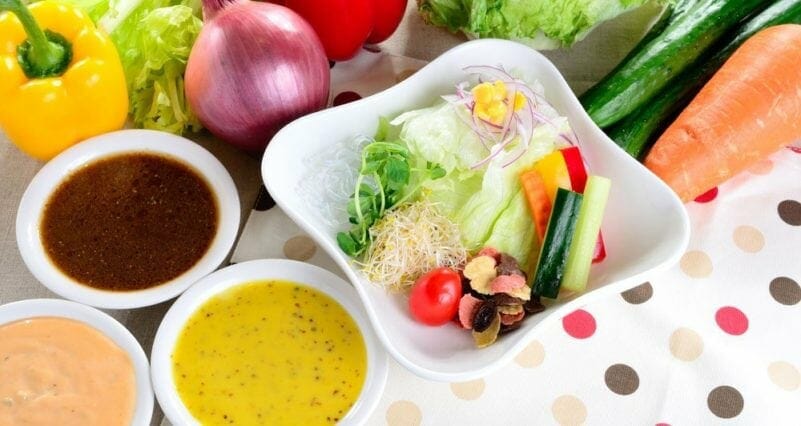Premium Hemp Products

Making your own CBD infused edibles can be a very rewarding project. As most of us know, the search for anything that is great tasting can be frustrating at best. And that is for non-medicated foods! Multiply that times 100, and you have the exact difficulty level to find great tasting, ready made edibles from your local dispensary or website.
Things are compounded even further for those of us who have food allergies, intolerances, dietary restrictions, or simply have a picky eater to deal with. For some, anything with gluten could mean a very painful experience. For others, nuts or eggs could be a serious issue. Others may prefer caramel over chocolate.
So who better to make your CBD infused edibles than YOU!?
Cannabinoids Work With Your Own ECS
The endocannabinoid system (ECS) is a complex signaling network within the human body that uses specialized compounds known ascannabinoids to control various bodily processes by interacting with different receptors and regulatory enzymes.
Cannabidiol (CBD) is often referred to as a “phytocannabinoid.” Phytocannabinoids are plant derivatives that contain a number of diverse chemical compounds that can affect appetite, metabolism, pain sensation, inflammation, thermoregulation, vision, mood, and memory. It’s important to note that phytocannabinoids are any plant-derived product capable of either:
- Directly interacting with cannabinoid receptors;
- Sharing chemical similarities with cannabinoids that allow them to interact with other components of the ECS;
- Or both.
CBD’s ability to interact with multiple organ systems, combined with its remarkable safety profile and extremely low toxicity, could signify a bright future for this 5,000 year old botanical superstar.
Make Your Own
Cannabinoids, like cannabidiol, are considered to be lipophilic, or fat soluble. They are also hydrophobic, as they will not readily dissolve into water.
It is because of this unique chemical make up that the most popular methods of utilizing the cannabis plant are in fatty substances, like butters and oils. There are many options available to you to use, and each one will be based upon not only the recipe for the product you are making, but also will vary based upon your personal situation.
Some of the most popular ‘fats’ that are used are: coconut oil, olive oil, butter, glycerin, etc.
There are a few items to keep in mind when you are making your CBD infused foods.
- Make sure you know your serving size. Do the math so that you know how much, or close to it, CBD you will be getting on a per serving basis. For instance, if you make 8 tbsp of CBD butter and used 2 grams of 25% oil (500mg of CBD), and your recipe calls for 4 tbsp of butter, you will have 250mg of CBD in your recipe. Divide that into the number of servings make, and you have your per serving basis of CBD.
- The boiling point of CBD is between 160-180°C (320-356°F). At temperatures higher than this, it is possible that some CBD may evaporate. So when possible, use lower cooking temperatures.
- Cannabinoids are heat and light sensitive, and degrade with prolonged exposure. Make sure to store your product in a dark, cool place.
Infuse Into The Fat
The basic process of making your own oil/butter/fat is to gently heat the starting material (olive oil, coconut oil, etc), add the CBD Oil and stir until well combined. Then store in a clean, sterilized container in a dark, cool place. Use as normal in your recipe of choice, keeping in mind your targeted per serving quantity of CBD.
Some of our customers favorites are infused olive oils for salad dressings, infused butter for making baked goods or as a topping for veggies/toast, and coconut oil for a healthier alternative butter.
Do you have any favorite recipes that you like to use? What type of fat do you prefer for your canna-cooking? Leave us a comment below and share your experience with us!